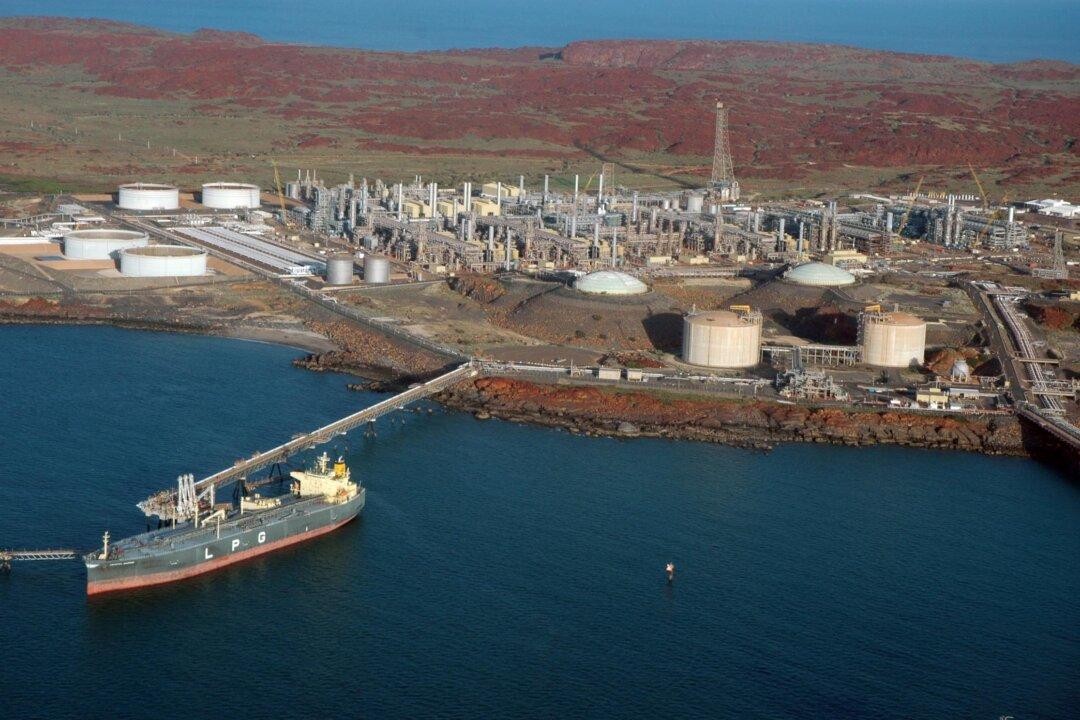Talks on a merger between rival energy producers Woodside and Santos have ended, with the parties reportedly unable to agree on a valuation.
In the wake of the announcement, Santos shares fell by almost 9 percent while Woodside’s rose by 1 percent.

Talks on a merger between rival energy producers Woodside and Santos have ended, with the parties reportedly unable to agree on a valuation.
In the wake of the announcement, Santos shares fell by almost 9 percent while Woodside’s rose by 1 percent.